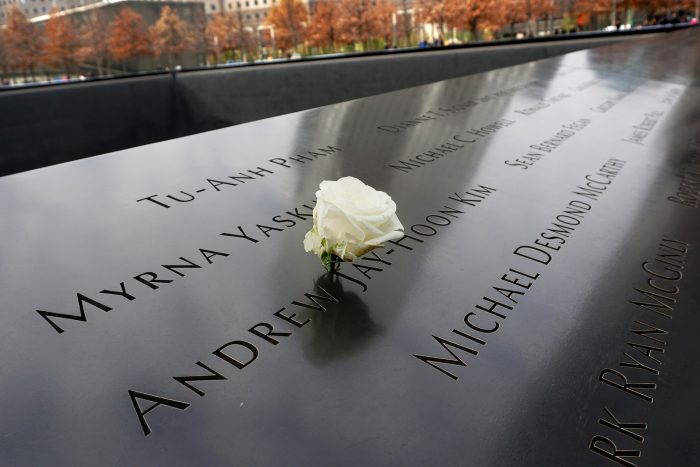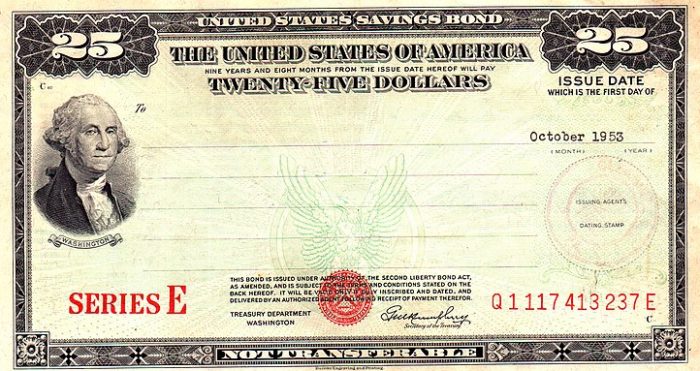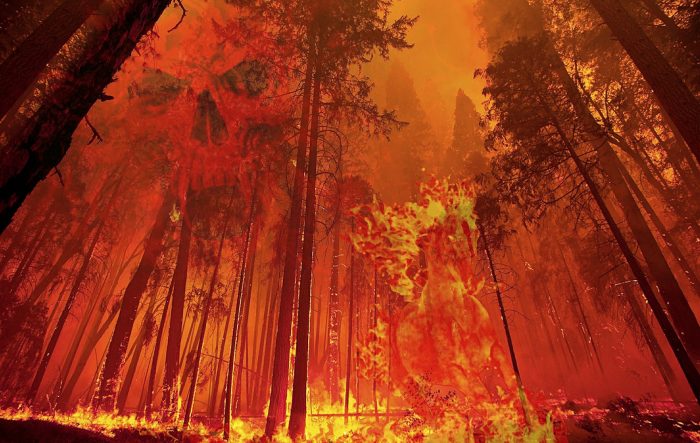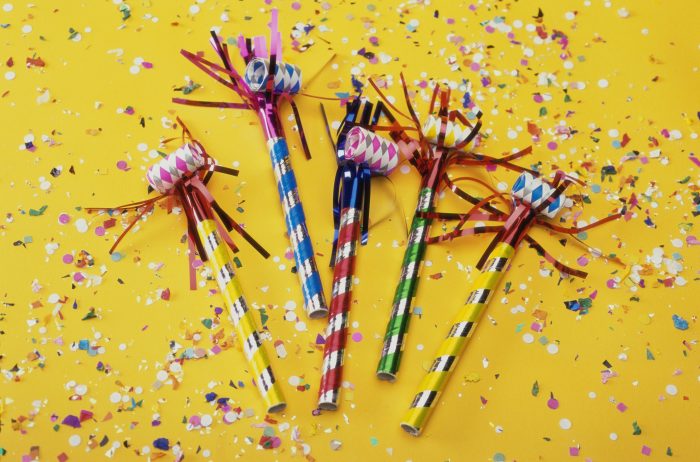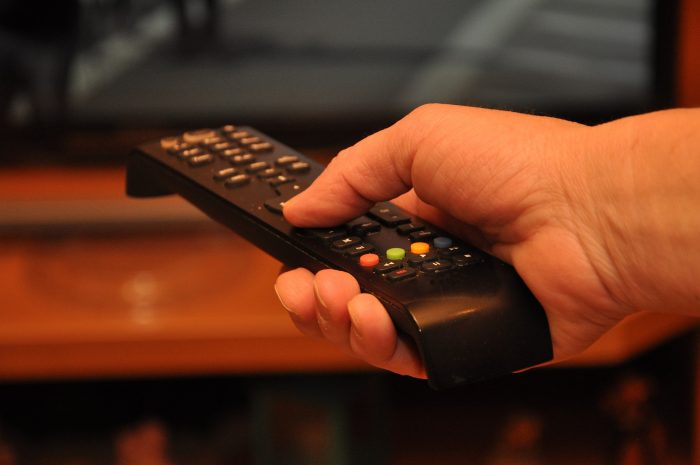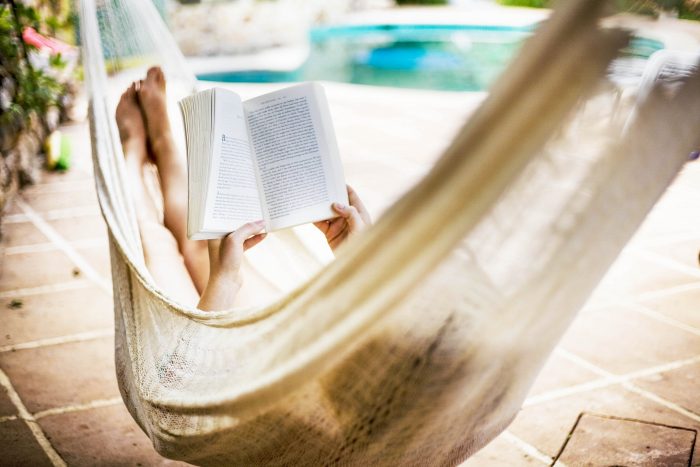By Leah S. Dunaief

Here are some ways to spice up our lives. I’ve done this all my adult cooking life, and I recommend the concept. I have added store-bought sauces to otherwise bland foods, like eggs, chicken and some fish. Please read on as I explain.
How did I happen upon this technique, you might wonder? It was a solution born of desperation over 50 years ago. I was to be married in two weeks, and my roommate at the time asked me what I was going to cook for my new husband the first night. Cook? I only knew how to boil water. It hadn’t occurred to me, although tradition at the time had it, that I was to be the cook in this pairing.
When I panicked, she calmed me down by asking what my fiancé’s favorite meal was. “Breaded veal cutlet,” I remembered, and for the next 10 days, at dinner, she tutored me on the fine art of making that, along with a salad of greens with store-bought dressing, and spaghetti with some bottled red sauce. I then sailed into marriage prepared and duly impressed my groom with my culinary skills.
Soon enough, we came to the menu for the second night. Again panic. I had to sit down and figure this one out. I was working and didn’t have time to digest the thick book, “Joy of Cooking,” that some kind soul had given us as a wedding present — at least not yet. Prepared foods for takeout were not invented. There were Swanson frozen dinners, but that suggested I was really inadequate.
What to do?
I thought about how I had made that first meal. I used bottled dressing to flavor the salad and also bottled sauce for the spaghetti. I wondered what other sauces might be available on the supermarket shelves. That’s when I found duck sauce. Reading the label, I saw their suggested uses; one was with chicken. Inspired, I rushed to buy a whole chicken that I brought back to our new apartment, poured all the duck sauce over it, and popped it into the oven at 375 degrees as instructed by the amused man behind the supermarket meat counter. I kept checking it, and when it looked like it was done, I served it, along with more salad.
“Wow!” my new husband exclaimed. “I didn’t know you could cook!” I was launched.
I will confess to having learned a few more things about cooking since then, including how to read a recipe, but my affection for bottled sauces continues to this day. To further my repertoire, I have gleaned the following information from a consumer publication called, “Bottom Line,” that has proven its value sufficiently to earn my ongoing subscription dollars. The article, written by Jay Weinstein, a member of the Institute of Culinary Education, is headlined, “Make Mundane Meals Instantly Exotic, with these international bottled sauces,” offers nine suggestions, and pretty much all of them appeal to me.
First, there are some Asian possibilities: banana sauce, “the ketchup of the Philippines, … usually sweet, with subtle tropical flavors,” good on any foods from omelets to whatever comes off the grill. Anther is gochujang, a dark red paste made of red chili peppers, rice powder and fermented soy beans — tangy, spicy, salty & slightly fruity — good added to eggs, noodles, dumplings or ham. Then there is kecap manis, “an excellent marinade or glaze for meat, seafood or vegetables.” Oyster sauce will add “an unmistakable Asian flavor” and will transform hamburger. Ponzu is tangy and bright and offers “a lively citrus note” to dishes. Thai peanut sauce is a particular favorite of mine. It is a good marinade, and I happen to like it on noodles.
Then there are what the author classifies as European Sauces: aioli, “a Mediterranean mayonnaise with garlic … drizzled over vegetables or seafood”; ajvar (pronounced “aye-var”) of “roasted sweet red peppers, eggplant and … tomato.” Use atop baked potato, meatloaf and pasta or for potato salad; and Maggi seasoning, for noodles or roast chicken “or mix a little into soup.”
There are lots more, but I think I should stop. While I probably have incurred the wrath of gourmet cooks, who make everything from scratch, perhaps I have helped some new brides … or grooms.


